How a giant sunspot unleashed solar storms that spawned global auroras that just dazzled us all
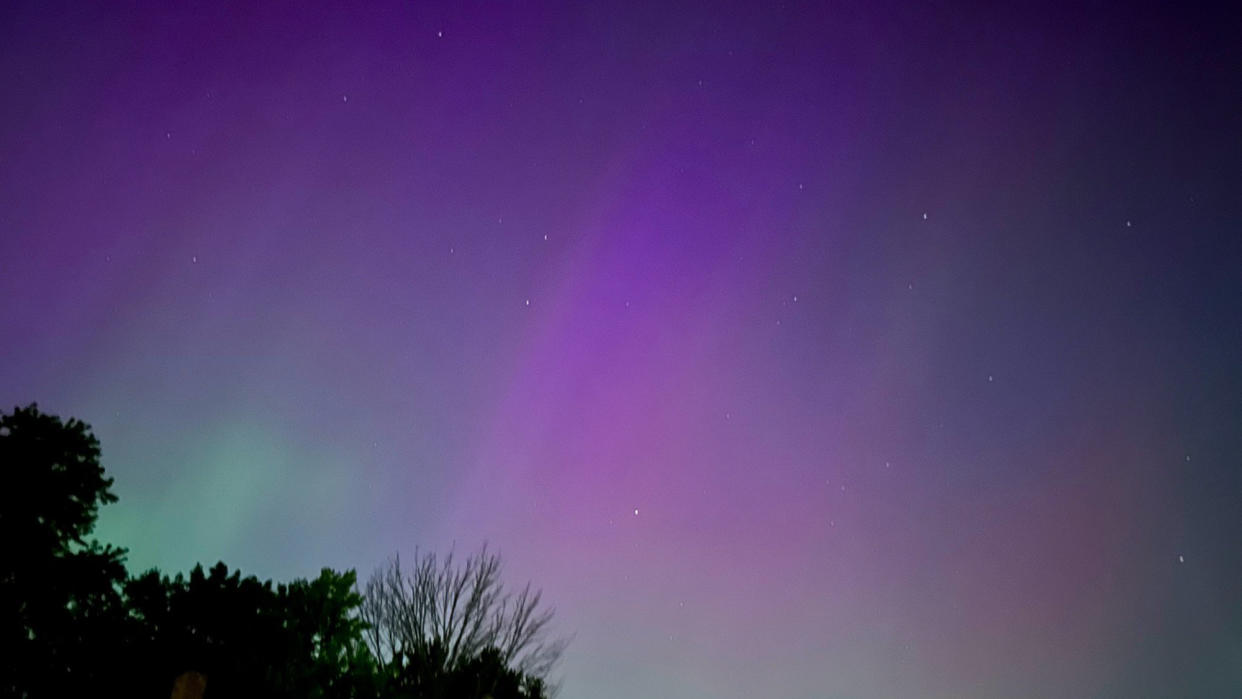
2024 has been quite the year for spectacular space shows, some of them visible from our own backyards.
First, it was the total solar eclipse at the beginning of April. Then, late last week, the sun became the "star" attraction yet again: A huge sunspot launched a series of solar storms that supercharged the aurora, making the ethereal sight visible from much of the United States, Europe and many other parts of the globe.
Personally, after being completely overwhelmed with emotion experiencing the total solar eclipse in Dallas, I thought that was going to be the highlight of the year for me for space and science. But Friday night's mystical minutes seeing the northern lights with my mom in my hometown of Cleveland was so special.
Related: Northern lights (aurora borealis): What they are & how to see them
This might not happen again for a while, and everything serendipitously came together that evening. Watching my mom with a childlike joy and appreciation for science and space, and getting giddy and taking photos together — those are moments I will hold close for the rest of my life. I also shared the experience via text with friends and family across the country, making it tough to decide which celestial sight claims the top spot!
If I can geek out with you quickly: I was starstruck by the beauty of the aurora (no pun intended). Seeing the northern lights had been on my bucket list, and I thought checking that box would take careful planning and travel to get to a location where the phenomenon is more common. Instead, it happened in the backyard where I grew up, with my mom on Mother's Day weekend — quite perfect, if I say so myself! We even saw the Big Dipper during the celestial show (and captured a photo of it; thank you to the incredible technology in our phones)!
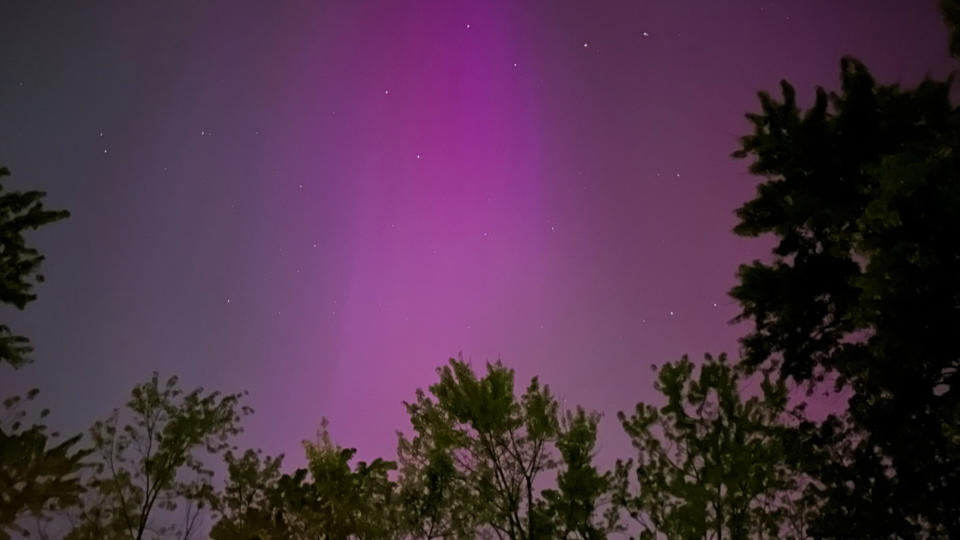
"Perfect" is also the word that scientists are using to describe how everything transpired Friday evening. For the aurora to be as widely visible as it was, there has to be a level of interaction between a strong coronal mass ejection (CME) — an eruption that sends superhot plasma blasting from the sun — and Earth's magnetic field.
"[The aurora] was one of those rare moments that you just can be at one with it with Mother Earth, with the cosmos; it was pretty darn perfect. When it's perfect coupling, the negative ends meeting the positive ends, that brings in all the energy; that's what we want," Bill Murtagh, program coordinator for the National Oceanic and Atmospheric Administration's (NOAA) Space Weather Prediction Center (SWPC), told Space.com on the phone.
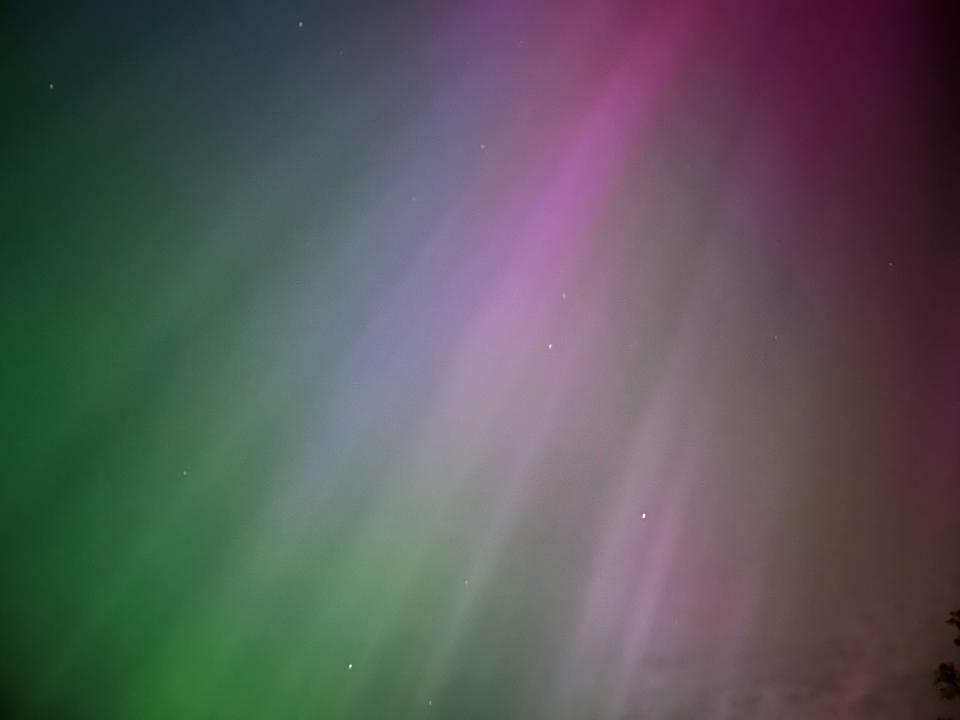
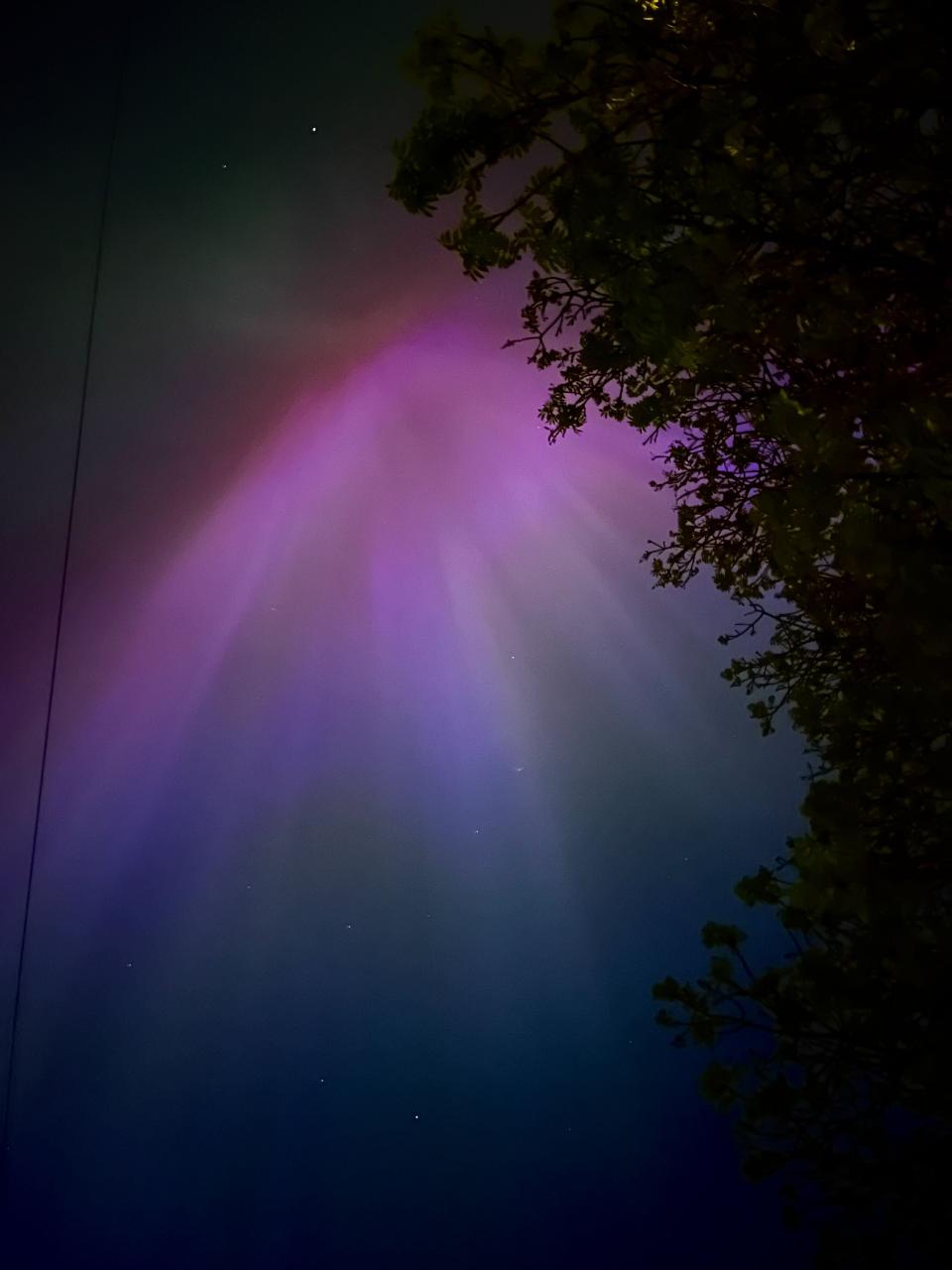
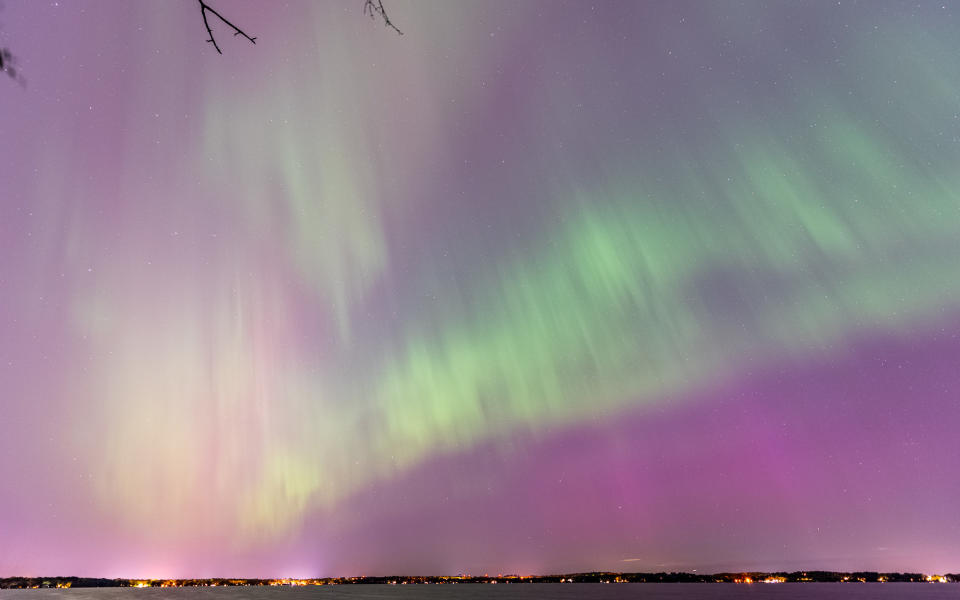
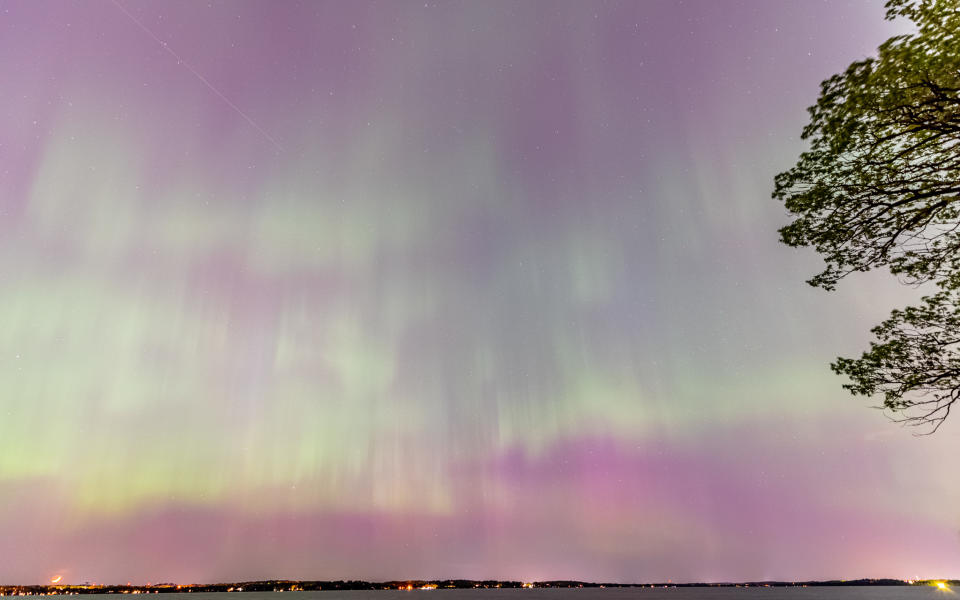
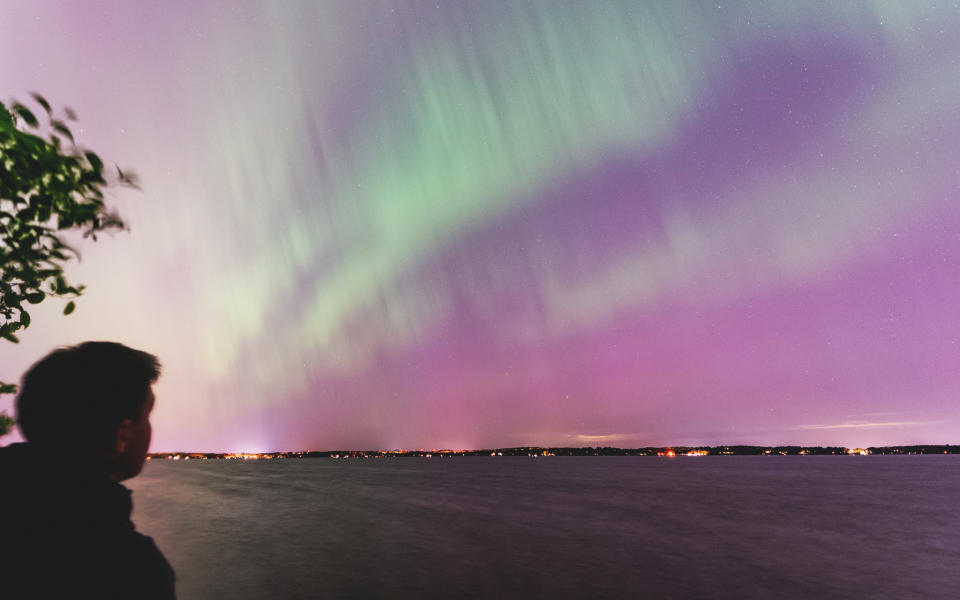
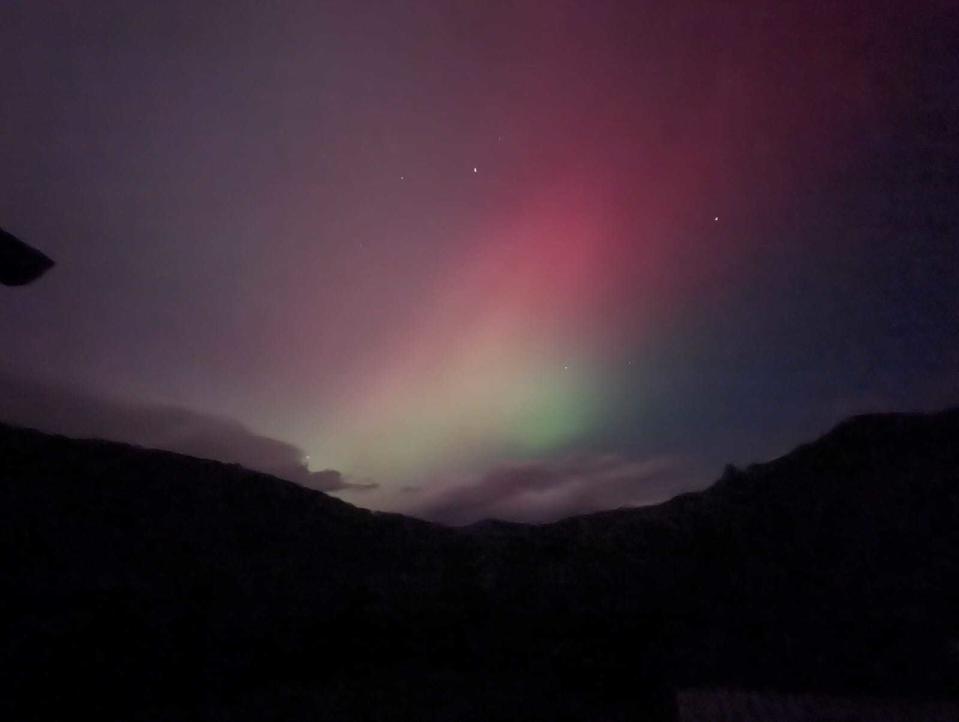
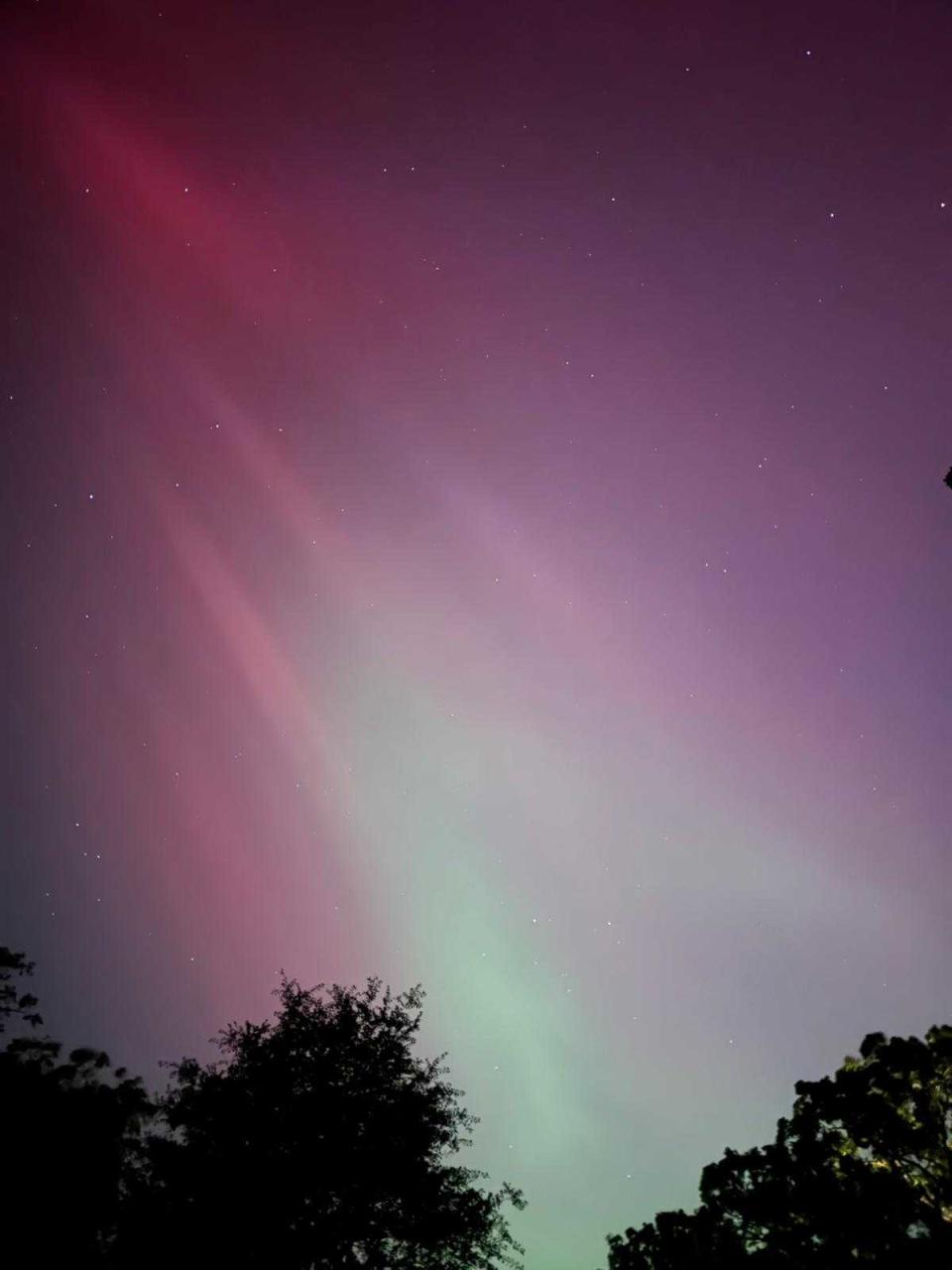

"Friday was absolutely remarkable; the aurora was visible right down to the Florida Keys, Puerto Rico and Mexico," Murtagh added.
The number of CMEs responsible for this historic event is impressive, with each one moving at different speeds and trajectories. For a geomagnetic storm to get to the most powerful level — G5 on the SWPC's scale — the CMEs must either merge or approach Earth at or around the same time.
"What complicates things is some of the faster ones catch up with the slower ones, and it does tend to amplify the situation; it presents a more complex scenario resulting in a larger response," Murtagh said. "And after the first CME arrives, it's hard to discern the features of the other CMEs that may follow when the existing storm is so intense. Sometimes you'll see the term cannibalize — one CME cannibalizes another and then another. That is what happened in this situation."
According to the SWPC, Friday's event was the first extreme geomagnetic storm since 2003. That was the last time we had a geomagnetic storm at the G5 level; it occurred in late October that year, creating quite a spooktacular event leading up to Halloween. Murtagh said that the worst-case scenarios are almost always associated with multiple CMEs, such as the famous Carrington Event in 1859 and then the New York Railroad Superstorm in 1921.
But before we can get the sparkle of the aurora in the evening sky and the creation of geomagnetic storms from raging CMEs, we must go back to the source: large and magnetically complex sunspot clusters on the solar surface. Scientists say that such large clusters are not that unusual, but to produce so many CMEs resulting in a G5 geomagnetic storm — that usually happens only a couple of times every 11-year solar cycle.
"We didn't have any G5 storms in the last 11-year cycle. When a sunspot group develops, it's typically anywhere from one to three times the size of the Earth. The magnetic complexity might produce a small flare, but not much. This was a sunspot that grew and continued to grow into the behemoth that it is right now, 15 times the size of Earth," Murtagh said. "It's so complex that it has erupted repeatedly over the last week."
One full rotation for the sun takes 27 days. As we approach the end of the first half of this week, the sunspot cluster will move out of view. But until then, strong solar flares and more Earth-directed CMEs are still a possibility.
While the geomagnetic storm has given us an amazing skywatching weekend, there's another side of the coin: potential negative impacts to technology including power grids, GPS and satellites. So far, there have been reports of some impacts, including irregularities in power grids and degradation to high-frequency communications, GPS and potentially satellite navigation. But we've had solar events in the past that have resulted in much more disruption.
One example was a X4-class solar flare in March 1989 accompanied by a CME that had a more powerful interaction with Earth's magnetic field than predicted, which led to a grid collapse in Quebec and significant effects on the U.S. grid from the Carolinas to California. Events like that one serve as a reminder of the importance of paying attention to space weather forecasts, just like we do when it comes to inclement weather here on Earth. This allows us to prepare for the worst-case scenario if it gets to that point, as scientists still face many limitations when it comes to the final part of an Earth-directed CME's journey toward our planet.
Related: The worst solar storms in history
RELATED STORIES:
— 4 large solar bursts could supercharge the auroras this weekend
— Sun explodes in a flurry of powerful solar flares from hyperactive sunspots (video)
— Where and when to see the northern lights in 2024
"It's a bad day when we get one of the CMEs and it comes in much stronger than expected. I don't know that until the last minute when it hits the L1 spacecraft, and now I've got 15 minutes before it's impacting Earth's magnetic field, so not a lot of lead time," Murtagh said. (L1 is the Earth-sun Lagrange Point 1, a gravitationally stable spot in space nearly 1 million miles, or 1.6 million kilometers, from our planet in the direction of the sun. The Solar and Heliospheric Observatory spacecraft, a joint mission of NASA and the European Space Agency, is stationed at L1.)
"It'd be almost like telling someone we're expecting a Category 2 hurricane and then give them 15 minutes lead time and oops, it's actually a Cat 5. That's our fear," Murtagh said. "If we can produce a good forecast, they can take the mitigating actions in preparation, and guess what happens? Nothing. And that's the objective; just lovely lights and no infrastructure loss or damage. So far, so good."
Editor's note: If you capture a stunning photo or video of the northern lights (or southern lights!) and want to share them with Space.com for a possible story, send images, comments on the view and your location, as well as use permissions to spacephotos@space.com.

